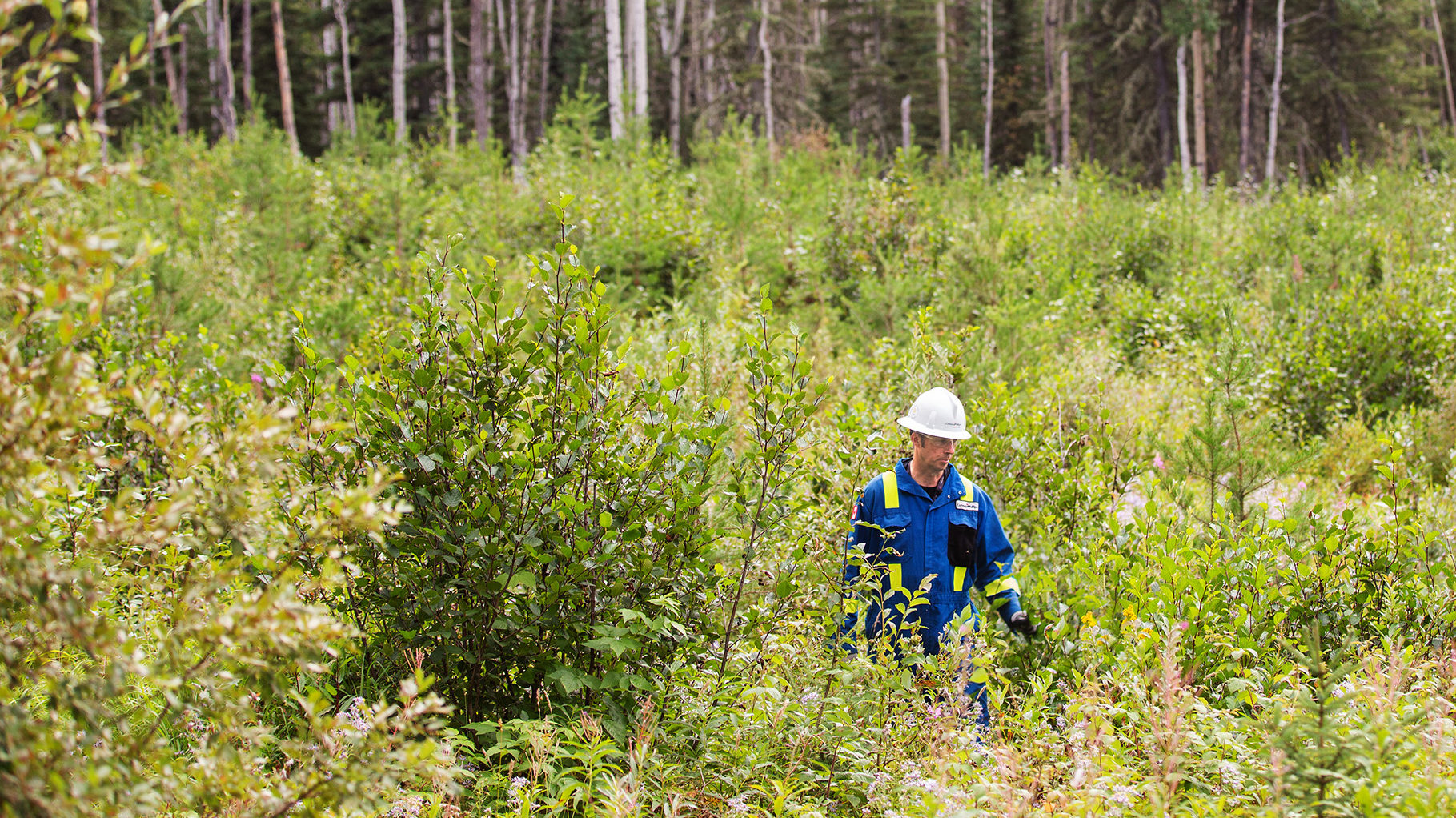
Canada’s oil sands sector is delivering results improving its environmental performance, thanks to a unique approach where competitors work together to solve technological challenges.
Canada’s Oil Sands Innovation Alliance (COSIA), which was formed in 2012 and represents more than 90 per cent of Canada’s oil sands production, is the largest example of environmental collaboration in the sector, which BMO Capital Markets says is a key competitive differentiator compared to other oil producing jurisdictions.
“This level of industry sharing and cooperation is not common practice in the global conventional oil business, and should continue to be supportive to the Canadian energy sector’s innovation efforts,” BMO analyst Jared Dziuba wrote earlier this year.
In its new 2019 annual report, COSIA outlines achievements in each of its four priority areas: GHGs, water, land and tailings.
“The last eight years have borne out the principle that we can go faster, further and do better on protecting the environment if we go together,” says COSIA chief executive Wes Jickling.
“We’ve got a great track record and body of work that we can point to, but we’re looking forward. We know we need to do better.”
COSIA has a total of 225 active projects across its portfolio, with a combined cost of $621 million. They range from literature reviews, lab-scale tests and pilot trials to large field-scale demonstration programs.
Water
COSIA members have set a target to reduce fresh water use intensity for drilled oil sands projects by 50 per cent compared to 2012 by 2022. As of 2019, the companies have achieved a 44 per cent reduction, down to 0.2 barrels of fresh water per barrel of oil produced.
Meanwhile, for mining projects COSIA has set a target of reducing water use intensity from the Athabasca River by 30 per cent by 2022. As of 2019, companies have achieved a reduction of 22 per cent on the way to reaching this target, down to 1.7 barrels of Athabasca River water per barrel of oil.
There are 87 active COSIA water projects, with a combined cost of $414 million.
Key work is at the $140-million Water Technology Development Centre, which opened in 2019 at Suncor Energy’s Firebag SAGD project. The live connection to commercial conditions at the 200,000 barrel per day operation is designed to give companies a leg-up testing new water treatment technologies. Among the goals are to prove new ways to reduce water use and GHG emissions.
COSIA also has two field pilots underway conducting research into end pit lakes, a reclamation strategy that is used in the mining industry globally but has yet to be considered proven in the oil sands.
Tailings
Tailings management has been an important focus for COSIA and members have the aspiration “to transform tailings from waste into a resource that speeds land and water reclamation.”
Companies have made major strides dealing with tailings in recent years, including Canadian Natural Resources reducing its new project tailings by half and Suncor reducing its total operated tailings footprint altogether.
According to the Alberta Energy Regulator, between 2015 and 2019 Suncor reduced the fluid tailings inventory at its Base Mine by almost 17 per cent, from 316 million cubic metres to 263 million cubic metres.
Meanwhile, Canadian Natural Resources “has proven its ability to reduce fluid tailings by approximately 50 per cent in its latest expansion at Horizon, along with approximately 14 per cent decrease in GHG emissions,” BMO noted.
Overall, the total volume of oil sands mining tailings since 2015 has been lower than expectations despite growing oil production, according to AER data.
As of 2019, producers had regulatory approval to have 1.4 billion cubic metres of tailings inventory, but actually had approximately 1.27 billion cubic metres of tailings inventory, or about 10 per cent less than expected.
COSIA has 51 active tailings projects, with a combined cost of $140 million.
Recent achievements include completion of a seven-year pilot of “filter press” technology, which is used in mining operations around the world. COSIA researchers report that the technology has now been proven to be reliable and able to be operated continuously on a commercial scale in the oil sands.
Land use
On the land use side, COSIA members have set the target to reduce the operating footprint intensity of drilled oil sands projects by 10 per cent compared to 2012 by 2022. As of 2019, they have achieved a 7 per cent reduction.
There are 74 active projects in COSIA’s land program, with a combined cost of $47 million.
This includes ongoing evaluation of field pilots to reclaim land using engineered watersheds like wetlands and fens, the performance of compensation lakes created to offset fish habitat disturbed by mining development, and wildlife research and monitoring.
In 2019, COSIA marked the milestone of five million trees planted through its Faster Forests program, which goes beyond regulatory requirements to accelerate restoration of boreal forest disturbed by oil sands development activities.
GHGs
The aspiration of COSIA members is “to produce oil with lower greenhouse gas emissions than other sources of oil.”
BMO reports that oil sands projects have decreased GHG intensity on average by approximately 24 per cent since 2012, and now emit just 4 to 6 per cent more than the global average, from production to end use. Several oil sands projects already have below-average carbon footprints in North America, according to BMO analysts.
COSIA says that efforts are continuing to reduce GHG intensity further, “paving the way for bold climate commitments, including net zero and near net zero goals as announced by some of our members.”
There are 13 active projects in COSIA’s GHG program, with a combined cost of $20 million.
Jickling says he’s particularly excited about working with GHGSat, a Montreal-based company that has now launched two satellites to monitor fugitive methane emissions around the world, as well as the NRG COSIA Carbon XPRIZE, a $20-million international contest in partnership with Texas-based NRG Energy that aims to accelerate new technologies that turn CO2 from a liability into a resource.